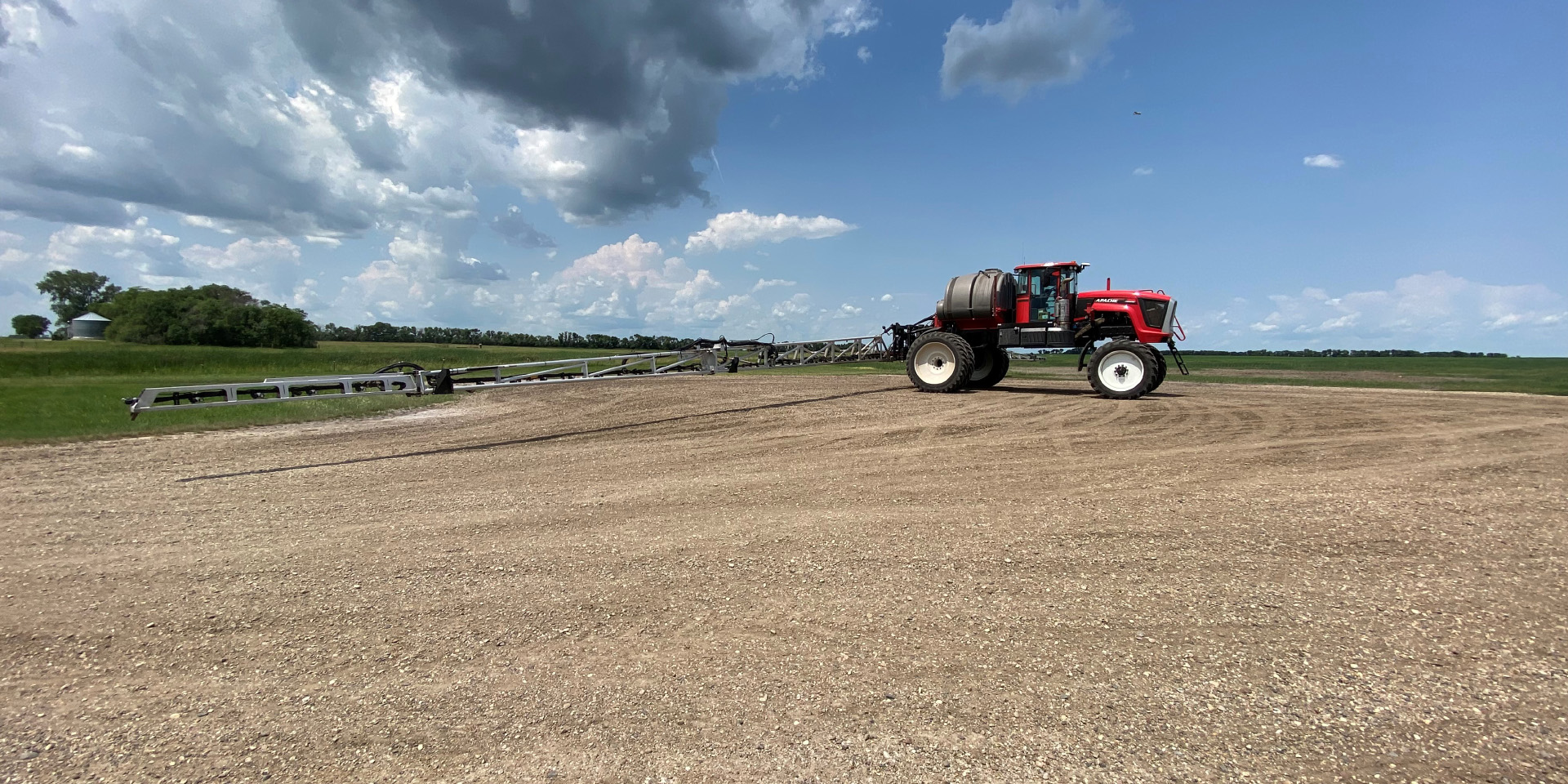Spraying upwards of 20,000 acres each year with his 2017 Hagie STS12, Kyle Johnson can’t afford inconsistent application of costly chemicals. He farms corn and soybeans west of Iowa City and is also a custom applicator.
“My sprayer provides the highest payback of any piece of equipment in my fleet,” he says. “I’m probably paying half as much in chemical purchasing and application costs owning my sprayer vs. buying from a co-op.”
Responsive, reliable height control is critical to preserving ROI when covering the volume of acres Johnson does, which includes rolling, rapidly changing terrain. Whether it’s variable-rate applying pre-emerge 32% nitrogen on his own operation, or making custom crop protection passes during the growing season.
Johnson’s sprayer came with Norac’s UC5 boom height control previously installed, and he ran the system for two years. When the opportunity to upgrade to the UC7 system arose, Johnson saw enough economic promise to graduate to the next generation technology.
“Doing custom application, farmers rely on me to spray herbicides in a timely manner, so having the UC7 relieves stress and gives me more confidence in my accuracy,” he says, “There were instances with the old system, especially on terraces, which required a manual override.”
That’s no longer the case. Sensors now provide quicker detection of obstacles and automatic boom height adjustments.
This allows Johnson to navigate steep hills, terraces and washouts with less worry and more efficiency.
“I’m not overwhelmed with constantly watching my booms and feel I can get more done in a day,” he says. “In wide open fields, I can spray at 15-16 miles per hour with confidence because I trust the sensors to automatically make corrections on-the-go.”




















